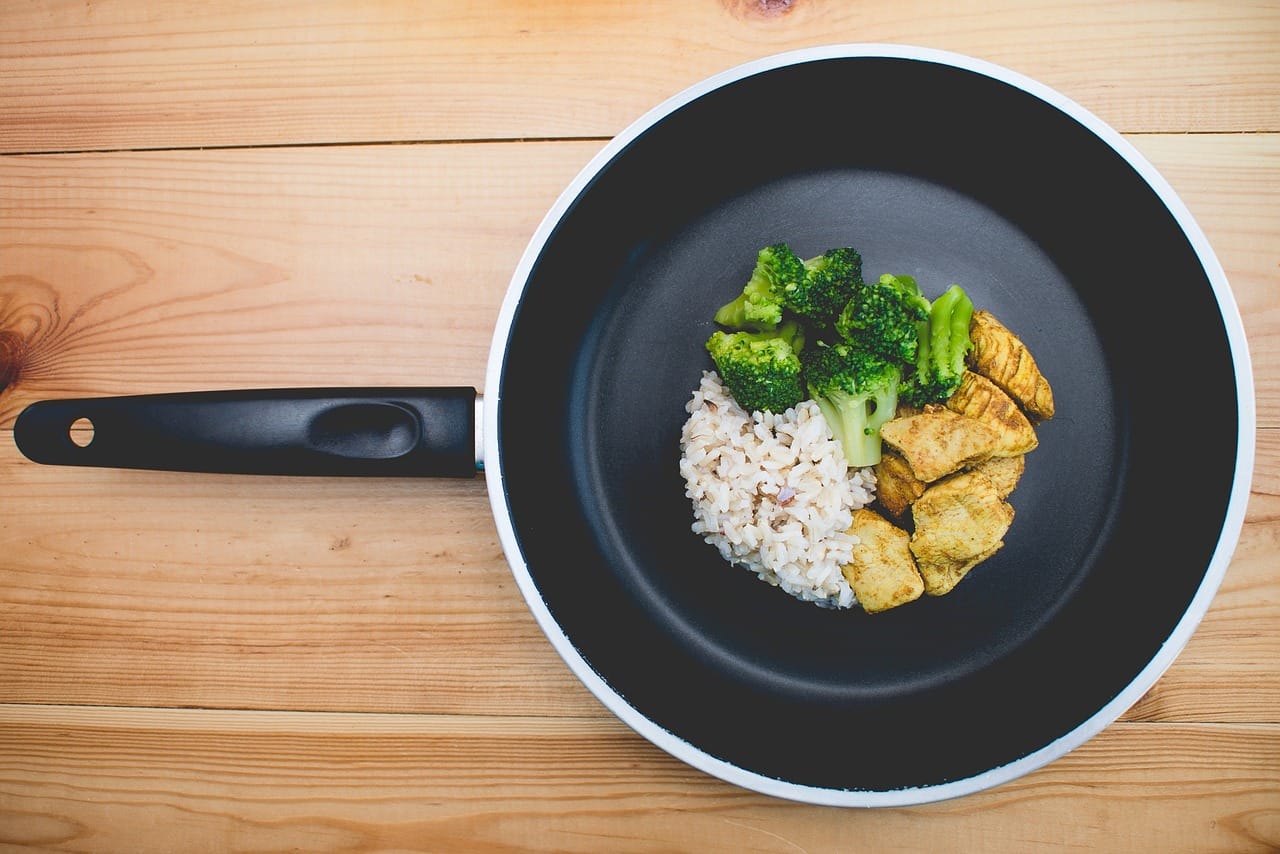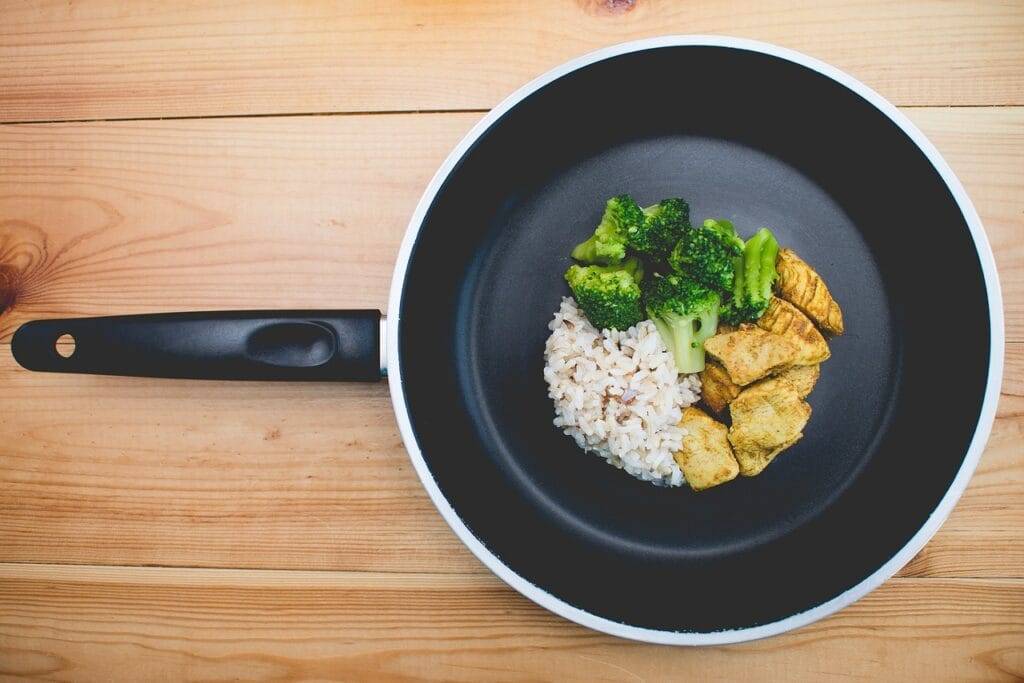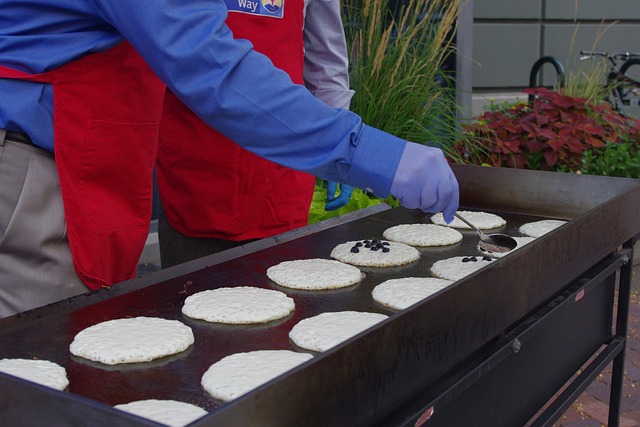What’s The Best Frying Pan For Cooking Eggs?

Have you ever found yourself struggling to cook the perfect egg? What is the best frying pan for cooking eggs? Whether you are aiming for a beautifully fried egg, a silky poached version, or a fluffy scramble, the right frying pan can make all the difference. With so many options out there, how do you determine which frying pan is your best ally in the kitchen?

Understanding Different Egg Cooking Methods
Before you can choose the best frying pan for cooking eggs, it’s essential to understand the various methods of cooking eggs. Each technique requires a slightly different approach, and the choice of frying pan can greatly impact the result.
Frying Eggs
Fried eggs are one of the simplest and most popular ways to enjoy eggs. You can cook them sunny-side up, over-easy, or over-hard. Each method requires a pan that provides even heat distribution and a non-stick surface.
When frying eggs, a pan that heats evenly is crucial. If one area of the pan is hotter than another, you might end up with unevenly cooked eggs, which is not ideal. Look for pans made of materials such as cast iron, stainless steel, or non-stick coatings that will give you better control over the cooking process.
Poaching Eggs
Poaching eggs is a delicate cooking method that involves gently simmering eggs in water. While this method doesn’t traditionally use frying pans, you might opt for a shallow frying pan for the task.
For effective poaching, the right pan should have a wide base, shallow depth, and a non-stick surface to prevent the eggs from sticking. Additionally, a lid can help steam the eggs, resulting in a tender white and a runny yolk.
Scrambling Eggs
Scrambled eggs can be creamy or fluffy, depending on how you prepare them. The right frying pan can help ensure uniform texture and heat distribution while cooking.
When scrambling eggs, a non-stick frying pan is often favored because it allows for easy stirring and prevents sticking. Look for a pan that is light in weight, which will enable you to move it around quickly as you stir the eggs.
Features to Consider in a Frying Pan for Eggs
With various cooking methods in mind, let’s break down the key features you should consider when selecting the best frying pan for cooking eggs.
Non-Stick Surface
A non-stick surface is one of the most important features for anyone cooking eggs. It allows for easy flipping and removes the hassle of cleaning up stuck-on bits. High-quality non-stick surfaces are usually made with PTFE or ceramic, which can further enhance your egg-cooking experience.
Material and Heat Conductivity
The material of the frying pan plays a significant role in how evenly and effectively it cooks eggs. Here’s a quick summary of commonly used materials:
| Material | Pros | Cons |
|---|---|---|
| Stainless Steel | Durable, great heat distribution | Can stick if not properly prepped |
| Cast Iron | Excellent heat retention | Heavy, requires seasoning |
| Non-Stick | Easy to clean, prevents sticking | Less durable, can scratch easily |
| Copper | Superior heat conductivity | Expensive, requires maintenance |
Size and Shape
The size and shape of your frying pan can also affect your egg-cooking adventures. A smaller frying pan (around 8 inches) may work well for individual servings, while a larger frying pan (12 inches or more) is great for scrambling several eggs or cooking multiple fried eggs at once.
Handle Comfort and Heat Resistance
Having a comfortable handle is essential when you are cooking. Look for pans with ergonomic, heat-resistant handles that offer a good grip. A well-designed handle can make all the difference, especially when you’re flipping eggs or transferring the pan from the stovetop to the table.
Recommendations for the Best Frying Pans for Eggs
Now that you know what to look for in a frying pan, let’s look at some of the most recommended frying pans for cooking eggs available on the market.
Non-Stick Frying Pans
1. T-fal E93808 Professional Nonstick Fry Pan
This skillet is an excellent choice for everyday cooking. Its non-stick coating makes it easy to flip eggs without any fuss, and the aluminum construction ensures even heat distribution.
2. GreenLife Soft Grip Ceramic Non-Stick Frypan
If you’re into environmentally friendly products, this pan is for you. It’s made with a ceramic non-stick coating that’s free of harmful chemicals. The handle is also designed for comfort, making it a wonderful option for the best frying pan for cooking eggs
Stainless Steel Frying Pans
1. All-Clad Stainless Steel Fry Pan
All-Clad is a well-respected name in the kitchenware industry. This stainless steel frying pan features a thick base for even heat distribution and is highly durable. It’s a reliable option if you prefer a metal pan for frying eggs.
2. Cuisinart Multiclad Pro Stainless Steel Skillet
This skillet is not only aesthetically pleasing, but it also performs exceptionally well with eggs. The tri-ply construction ensures excellent heat retention, and the polished stainless steel surface allows for easy cleaning.
Cast Iron Frying Pans
1. Lodge Cast Iron Skillet
This classic pan is versatile and excellent for a range of cooking methods, including frying and scrambling eggs. It retains heat well, making it ideal for searing and frying. Make sure to season it before use to provide a natural, non-stick surface.
Specialty Frying Pans
1. OXO Good Grips Non-Stick Pro Frying Pan
This pan combines a durable non-stick surface with an excellent heat conductivity. It’s designed specifically for ease of movement when you’re flipping or scrambling eggs. The soft-grip handle adds to the pan’s user-friendly design.
2. Scanpan Classic Fry Pan
A great option for those looking for eco-friendly non-stick frying pans, the Scanpan Classic series offers impressive heat distribution and resistance to scratches. It’s a fantastic companion for those delicate poached eggs and is considered a great option as the best frying pan for cooking eggs.
How to Maintain Your Frying Pan
Regardless of which frying pan you choose, taking good care of it will ensure that it lasts a long time and performs well.
Cleaning Guidelines
- For non-stick pans, use a soft sponge or cloth to avoid scratching the surface. Avoid using steel wool or abrasive cleaners.
- If you have a stainless steel or cast iron pan, you can use metal utensils but be sure to clean them promptly to avoid tarnishing.
- Always allow the pan to cool before washing it, and avoid soaking it for prolonged periods, especially for cast iron.
Proper Heating Techniques
- Preheat your pan on low to medium heat. This is particularly important for non-stick pans as cooking on high heat may damage the coating over time.
- For cast iron, ensure that it’s well-seasoned before each use. A little oil goes a long way in enhancing its natural non-stick quality.
Storage Tips
- Store your frying pans without stacking them together if possible. If you must stack them, place a soft cloth between pans to prevent scratches.
- Make sure your frying pan is completely dry before putting it away to prevent rust (if applicable).
Conclusion: Your Kitchen Companion for Eggs
Finding the best frying pan for cooking eggs is a task that will greatly enhance your kitchen experience. With the right frying pan, you can easily achieve your desired egg style, whether you’re frying, poaching, or scrambling. Keep in mind the features that matter, such as non-stick surfaces, material quality, size, and ease of cleaning.
Armed with the knowledge of different frying pans and their pros and cons, you’re now ready to choose one that complements your cooking style. No more struggles with stickiness or uneven cooking; instead, prepare to enjoy perfectly cooked eggs every time. Happy cooking!

